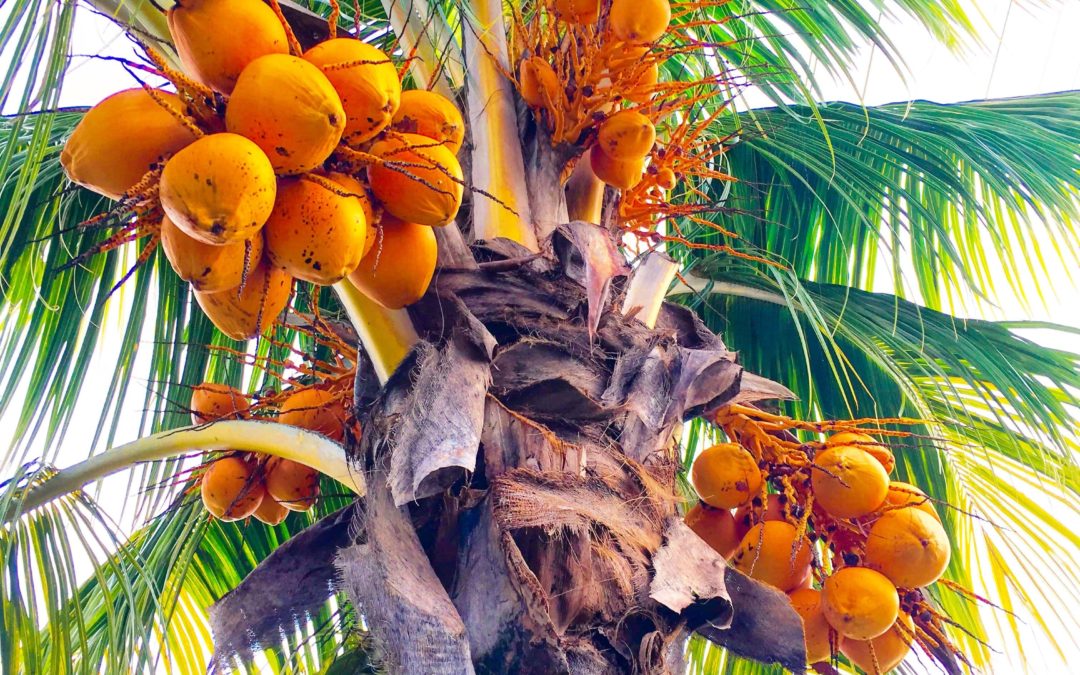Certain chemicals in many sunscreen products reach toxic levels in the blood within 24 hours. This is the finding of a recent randomized clinical trial by JAMA – the Journal of the American Medical Association.
The media has lit up with reports on this research. But what are your options?
Click here for a list of many commercially available non toxic alternatives.
Nature’s UV Filters
- Red raspberry seed oil – SPF 28-50
- Coconut oil – SPF 8
- Zinc oxide – SPF 20+
- Carrot seed oil – SPF 30-40
- Olive oil – SPF 8
A value of just SPF 8 blocks about 85% of UV rays and is effective for about an hour of direct sunlight.

Being Sun Smart
The key is not burning. A graded exposure to sunlight is strategic – longer each day until the skin builds melanin, the body’s natural UV protection.
As the amount of melanin increases, so does the natural protection from sunburn.
Research for the Journal of the National Cancer Institute, published by Oxford Academic points out, the “use of higher SPF sunscreen seems to increase the duration of recreational sun exposure of young white Europeans.”
People demonstrate a false sense of security when using higher SPF sunscreens.
According to EWG – the Environmental Working Group, “There is little scientific evidence to suggest that sunscreen alone reduces the risk of cancer, particularly for melanoma, the deadliest type of skin cancer. Despite a growing awareness of the dangers of exposure to the sun’s ultraviolet radiation, and a multi-billion-dollar sunscreen industry, melanoma rates have tripled over the past three decades.”
In addition to sunscreen and a graded approach to sun exposure, the Mayo Clinic also recommends: “sun protective clothing such as swim shirts, wide brimmed hats, sunglasses, pants, and shirts with long sleeves. Also try to seek shade and avoid the peak hours of sun from 10 a.m. to 2 p.m.”

From Mali to Myanmar, farmers everywhere cover up. In spite of searing heat and higher levels of melanin in the skin, they typically still wear brimmed hats, long sleeve shirts and pants. People in hotter climates also happen to have the lowest levels of skin cancer.
According to the American Institute for Cancer Research, Anglo and European nations have the highest rates of skin cancer. This in spite of having generally more temperate climates.

Russian Roulette
The recent JAMA research identifies four specific chemical culprits: avobenzone, oxybenzone, ecamsule and octocrylene.
Why risk absorbing chemicals into the bloodstream when there are excellent non toxic options?
Even if these particular agents have not yet been flagged as carcinogenic they may be. Or they could be co-carcinogens – chemicals that do not necessarily cause cancer on their own, but promote the activity of other carcinogens in causing cancer.
Further
Chemicals in sunscreens aren’t just a hazard to the person wearing them. Israeli research has implicated oxybenzone as responsible for bleaching of ocean coral, leading Hawaii to ban the agent from the island state.

Summary
Nature has provided excellent, effective and non toxic sunscreens. Use a DIY approach or refer to the list below for great non toxic commercial products.
Research
Sunscreen Chemicals Enter the Bloodstream- FDA
High SPF a False Sense of Security
American Institute for Cancer Research – Skin Cancer Statistics

